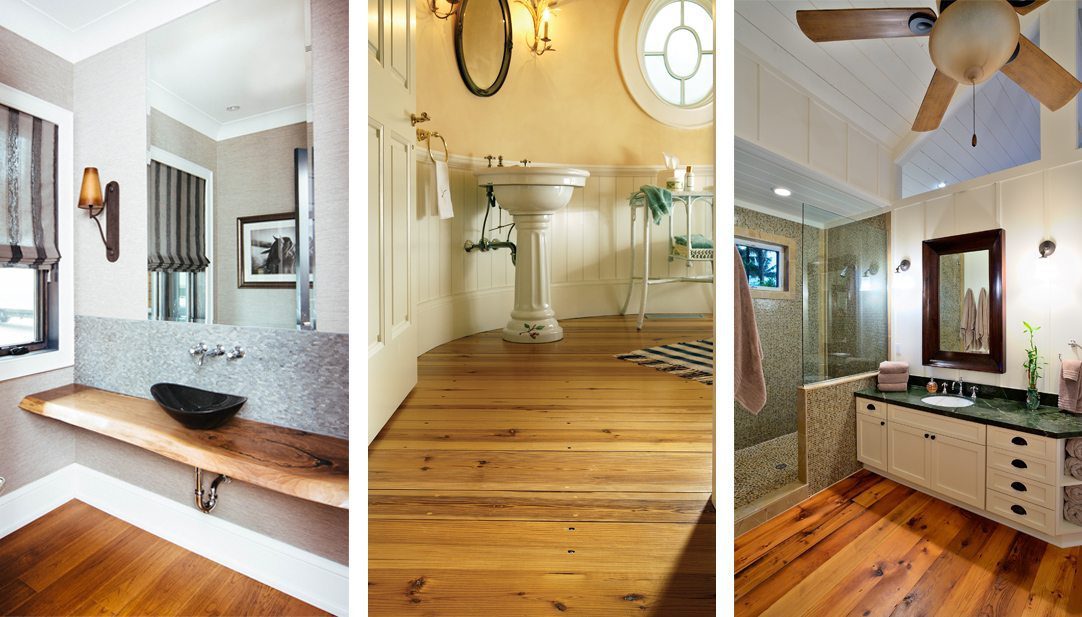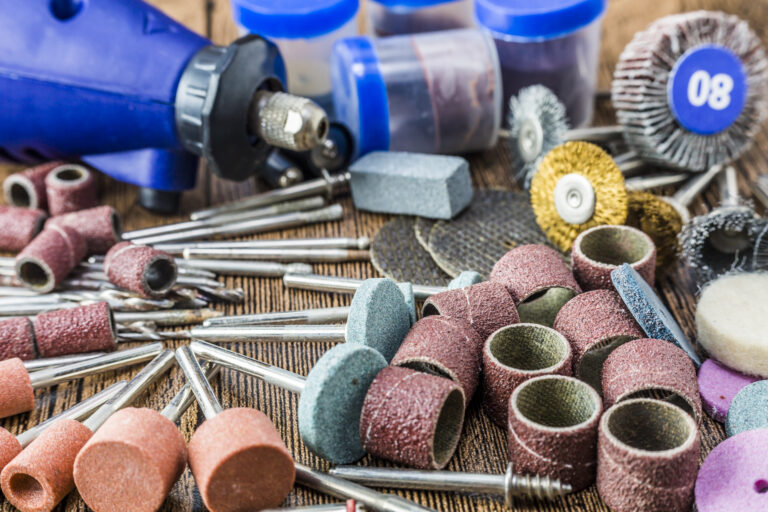How Can I Protect My Bathroom Floor?
Bathroom floors are a common area of the home that often require special care and attention. From water splashes to the occasional spilled shampoo, your bathroom floor needs protection from water damage, dirt, and other elements. Fortunately, there are several steps you can take to protect your bathroom floor and keep it looking great. This includes applying sealants, using specialized floor mats, and regularly cleaning and maintaining the floor. With the right protection, you can ensure that your bathroom floor will remain in good condition for years to come.
Choosing the Right Flooring
The bathroom is one of the most important rooms in the home and choosing the right flooring for it is a critical decision. When selecting flooring for the bathroom, there are several factors to consider. First, you’ll want to choose a material that is water-resistant and easy to clean. Porcelain tiles, vinyl, laminate, and bamboo are all popular options that can provide a long-lasting and attractive finish. Additionally, it’s important to choose a flooring material that can handle the humidity and moisture in the bathroom. Materials like cork, rubber, and bamboo can all be excellent options as they are not affected by moisture.
When selecting flooring for your bathroom, it’s also important to consider the overall design of the room. If you have a smaller bathroom, lighter colors can help to make the space look larger. Darker colors, on the other hand, can help to create a more luxurious feel. Regardless of the flooring material you choose, adding a few rugs and mats can help to protect the floor and add a touch of style to your bathroom.
Finally, when it comes to protecting your bathroom floor, it’s a good idea to invest in a quality sealant. This will help to protect the floor from any dirt, grime, and stains that may occur over time. Additionally, regular cleaning and maintenance of the floor will help to keep it looking good for years to come. With the right flooring and a bit of care, you can keep your bathroom floor looking great for years to come.
Preparing the Subfloor
No matter what type of flooring you plan to install, the subfloor must be prepared before laying the floor. The subfloor provides a stable foundation for the floor, and its important to make sure it is level, secure, and free from moisture. Preparing the subfloor is the first step in protecting your bathroom floor.
Begin by reinforcing the joists and making any necessary repairs. In some cases, you may need to add additional support, such as steel beams, to ensure the subfloor is strong enough to support the flooring. Once you’ve reinforced the joists, use a level to check that the subfloor is even. If it’s not, you may need to add additional material or use a self-leveling compound.
Ensuring the subfloor is free from moisture is also essential. Use a moisture meter to check for moisture. If the meter reads above 12%, you’ll need to use a dehumidifier to reduce the moisture levels. You may also need to use a sealant or waterproof membrane to protect the subfloor from moisture.
By following these steps, you can ensure that your bathroom floor is properly prepared and protected before you begin laying the flooring. With a strong, level, and dry subfloor, you’ll be one step closer to having a beautiful and long-lasting bathroom floor.
Installing the Flooring
When it comes to protecting your bathroom floor, installing the right type of flooring is key. Depending on the area of your bathroom, you may want to consider a flooring option that is waterproof and resistant to moisture. Tile is a popular choice for bathrooms, as it is durable and stands up to water well. Stone tile is often a great option, as it looks beautiful and is long-lasting. Vinyl flooring is also an option, and is a great way to achieve a seamless look. If you want to go for a wood look, consider using engineered wood, as it is designed for moisture-prone areas. In addition, linoleum is affordable and easy to install. Once you have chosen the flooring, make sure to use a sealant to ensure that the floor is properly protected from water. With the right flooring, you can make sure that your bathroom floor is safe and looks great.

Sealing and Finishing the Flooring
The bathroom is one of the most heavily trafficked areas in any home, so it’s important to protect the flooring from scratches, stains, and other damage. Sealing and finishing the flooring is one of the best ways to keep it looking great for years to come. Sealing your bathroom flooring will prevent water, dirt, and other debris from seeping into the material. The sealant will also help to minimize staining and wear and tear, ensuring your floor looks great for years to come. Finishing your bathroom floor can help protect it from further damage, and add an extra layer of shine and protection. Finishing the floor will also give it an elegant, polished look. To ensure that your bathroom floor is properly sealed and finished, it’s best to hire a professional contractor who can provide a quality sealant and finish. This will help to ensure that the job is done right and that your bathroom floor is properly protected.
Maintenance Tips to Protect Your Bathroom Floor
A bathroom floor can take a lot of wear and tear, from daily use to water damage, so it’s important to take steps to protect your floor. To ensure your bathroom floor remains looking great for years to come, it’s important to take proactive steps to ensure your floor is well maintained. Here are some tips to help you keep your bathroom floor in tip-top condition.
First and foremost, it’s important to keep your bathroom floor clean. Regularly sweeping and mopping your floor will help prevent dirt and grime from accumulating and damaging your floor. Additionally, you should consider applying a sealant every few years, which will help your floor resist water damage and staining.
If your bathroom floor is made of tile, make sure to grout it properly and use a sealant to protect it from water damage. Additionally, if you have a tile floor, it’s important to regularly check for chips and cracks and repair them as soon as you notice them.
Finally, it’s important to be mindful of the materials you use in your bathroom. Certain cleaning products and toiletries can damage your bathroom floor over time, so it’s important to use only products that are safe for your floor.
By taking the necessary steps to maintain your bathroom floor, you can ensure that it remains looking great for years to come. From regular cleaning to using the right products, your bathroom floor will be well protected with the right maintenance routine.
Troubleshooting Common Issues with Bathroom Floor Protection
When it comes to protecting your bathroom floor, it’s important to know the common issues that can arise and how to address them. Water damage is one of the most common problems, and this can be caused by water seeping through the grout or seams between tiles. To avoid this, make sure to seal the grout and tiles to prevent water from entering. Another issue is mold growth, which can be caused by a combination of moisture and poor ventilation. To combat this, make sure to use a dehumidifier and improve the ventilation in your bathroom. Lastly, staining can be caused by acidic substances such as bleach, so avoid using these products on your bathroom floor.
If you have existing damage, there are a number of products available that are designed to protect your bathroom floor. For example, you can use waterproof sealers, anti-slip mats, and protective floor coatings. You can also invest in a high-quality floor mat that can absorb moisture and reduce the risk of slips and falls. Ultimately, the best way to protect your bathroom floor is to take proactive steps to prevent damage and maintain a regular cleaning routine.
FAQs About the How Can I Protect My Bathroom Floor?
1. What materials are best for protecting my bathroom floor?
Answer: The best materials for protecting your bathroom floor are non-porous surfaces such as tile, vinyl, or linoleum. These materials are resistant to water and moisture, which can cause damage to other materials.
2. What is the best way to clean my bathroom floor?
Answer: The best way to clean your bathroom floor is to use a mild soap and water solution or a PH-neutral cleaner. Avoid scrubbing or using abrasive cleaners, as these can damage the floor.
3. Are there any products I can use to protect my bathroom floor?
Answer: Yes, there are products available that can help protect your bathroom floor. You can use a sealant or a wax to provide a protective layer. This will help prevent dirt and moisture from penetrating the floor, helping to keep it looking new for longer.
Conclusion
Protecting your bathroom floor from water damage and other wear and tear is an important task. By taking the time to waterproof the floor, use area rugs, and clean up spills quickly, you can help protect your bathroom floor from water damage, stains, and scratches. Investing in a high-quality sealant and area rugs will give your bathroom floor the best protection it can get and help your bathroom floor stay looking great for years to come.







